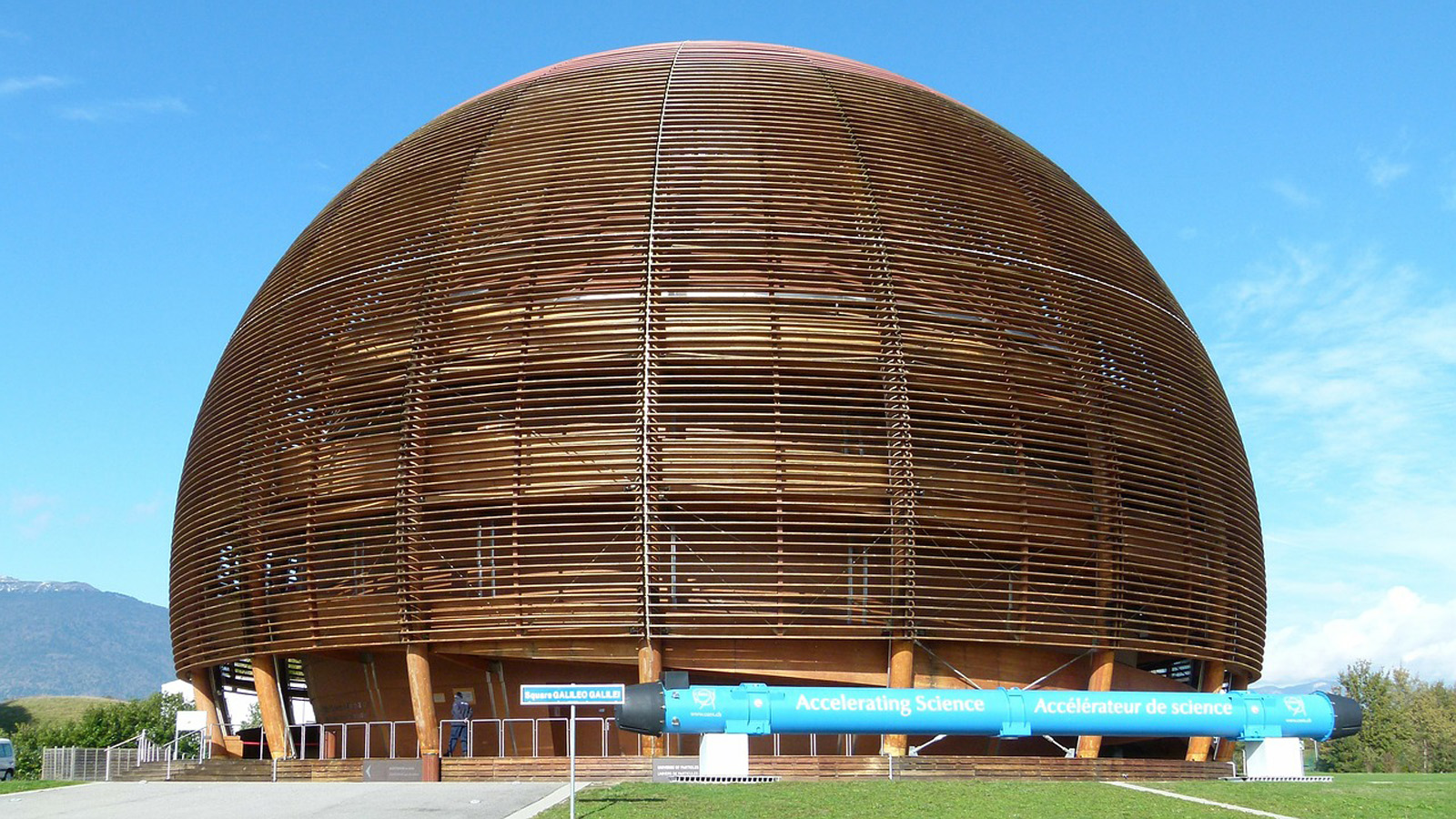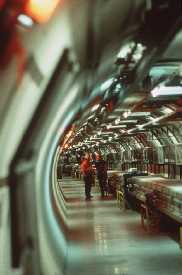Taking a closer look at LHC
| In the former CERN accelerator LEP (Large Electron Positron), a magnetic field of 0,3 T was provided by a «traditional» dipole magnet. Each dipole needed a power of 20 kW per magnet. There were some 500 magnets in LEP with a total power need of 10 MW.
The total resistance of the wire used was R=0.08 ohms. The current intensity was I = 500 A. As there were 500 such magnets, total created internal energy per second was: P = 500·R·I2 = 500·0.08·5002 = 107 J/s.
PT = 107 J/s = 2400 Kcal/s Since a magnetic field of 30 times higher is required for LHCand the loss of energy depends on I2, a 900 times greater amount of heat would be necessary to be removed from 100 m underground.
|
LEP |
But an other more complicated problem appears. In practice, due to the magnetic saturation of iron, B reaches a maximum value of 2 T, which is the upper limit of the magnetic field for traditional kinds of magnets.
To avoid these problems, the wires must be superconductive.
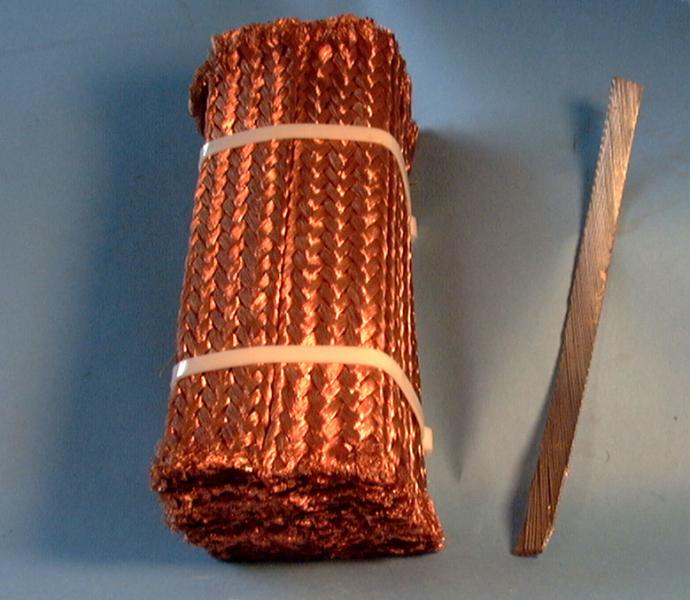
The copper wire on the left is 11 centimetres high, 8 cm wide and 28 cm long. It can conduct a current of 12500 amps at room temperature. When cooled to 1.9 K, the niobium-titanium coil on the right enters a superconducting state and can conduct the same current.
Superfluid Helium will be used to keeping such low temperatures (about 2 K). The helium must flow constantly and be cooled permanently, taking all the heat away. The circuit should continuously be able to cool all helium down to this low temperature.
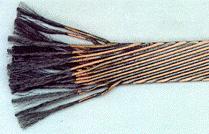
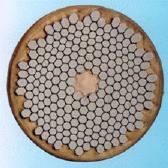
|
The cables house 36 strands of superconducting wire, each strand being exactly 0.825 mm in diameter. Each strand houses 6500 superconducting filaments of Niobium-Titanium (47Wt% Ti). Each filament is about 0.006 mm thick, i.e. 10 times thinner than a normal human hair. Around each filament there is a 0.0005 mm layer of high-purity copper. Total superconducting cable required 1200 tonnes which translates to around 7600 km of cable (the cable is made up of strands which is made of filaments, total length of filaments is astronomical - 5 times to the sun and back with enough left over for a few trips to the moon). |
 |
There are many differents types of magnetic multipoles, so it's not easy to calculate the total superconducting cable length in LHC. So, we only consider here the main dipoles that are the most important contribution to this total.
As it's been mentioned, each dipole (14,3 m) has two pipes which "are covered" by 160 cables each one.
Then,
1232 dipoles x (2 pipes/dipole) x (160 cables/pipe) x 14,3 m ~ 5640 km.
Considering other superconducting multipoles and the superconducting magnets in detectors, we have 7600 km.
Finally,
(7600 km/cable) x (36 strands/cable) x (6500 filaments/strand) ~ 1,8·109 km
More than 10 times the distance Earth-Sun !!!
|
AUTHORS Xabier Cid Vidal, PhD in experimental Particle Physics for Santiago University (USC). Research Fellow in experimental Particle Physics at CERN from January 2013 to Decembre 2015. He was until 2022 linked to the Department of Particle Physics of the USC as a "Juan de La Cierva", "Ramon y Cajal" fellow (Spanish Postdoctoral Senior Grants), and Associate Professor. Since 2023 is Senior Lecturer in that Department.(ORCID). Ramon Cid Manzano, until his retirement in 2020 was secondary school Physics Teacher at IES de SAR (Santiago - Spain), and part-time Lecturer (Profesor Asociado) in Faculty of Education at the University of Santiago (Spain). He has a Degree in Physics and a Degree in Chemistry, and he is PhD for Santiago University (USC) (ORCID). |
CERN CERN Experimental Physics Department CERN and the Environment |
LHC |
IMPORTANT NOTICE
For the bibliography used when writing this Section please go to the References Section
© Xabier Cid Vidal & Ramon Cid - rcid@lhc-closer.es | SANTIAGO (SPAIN) |



